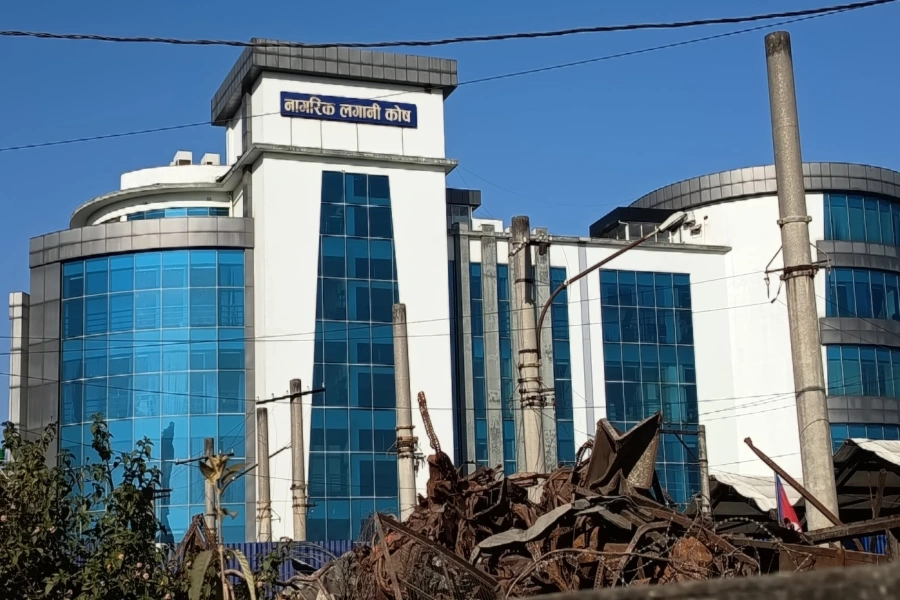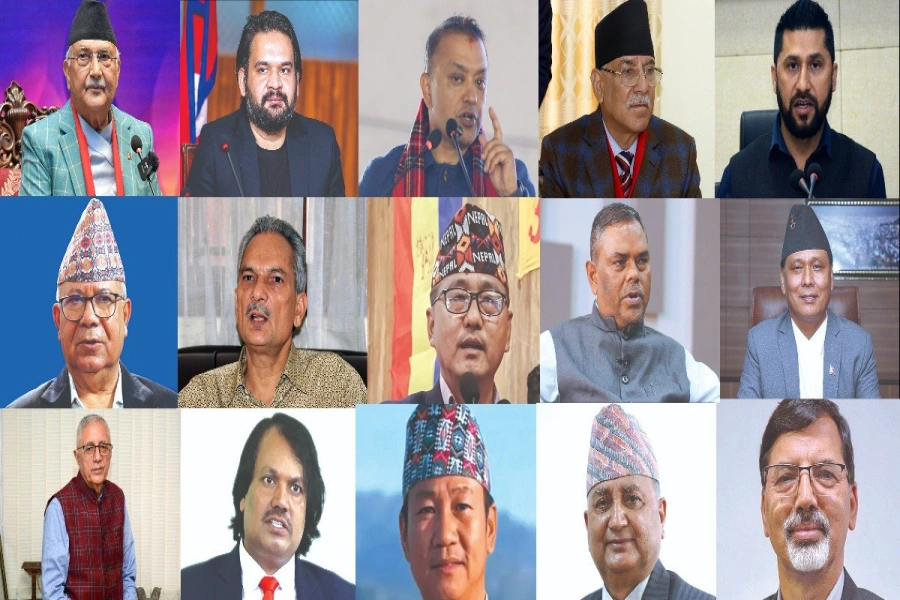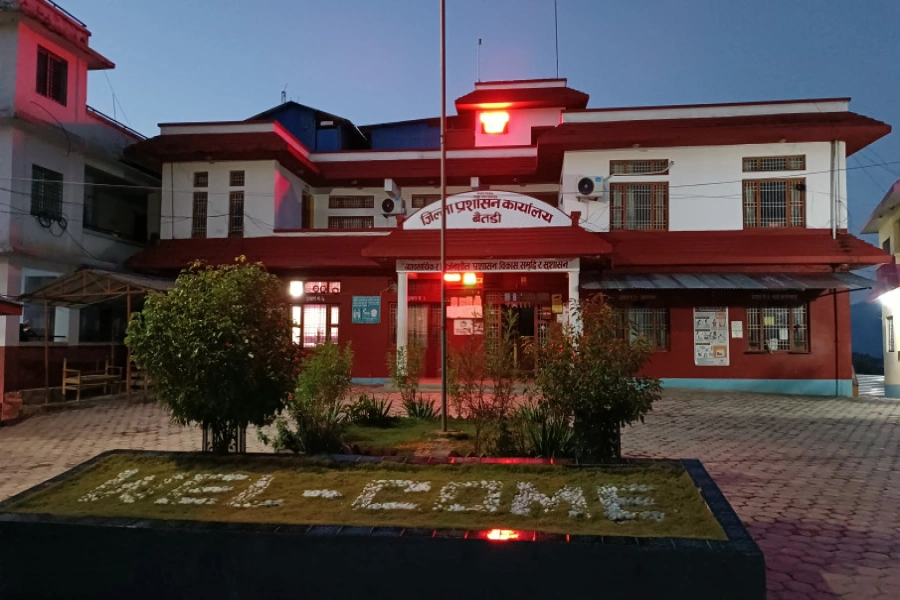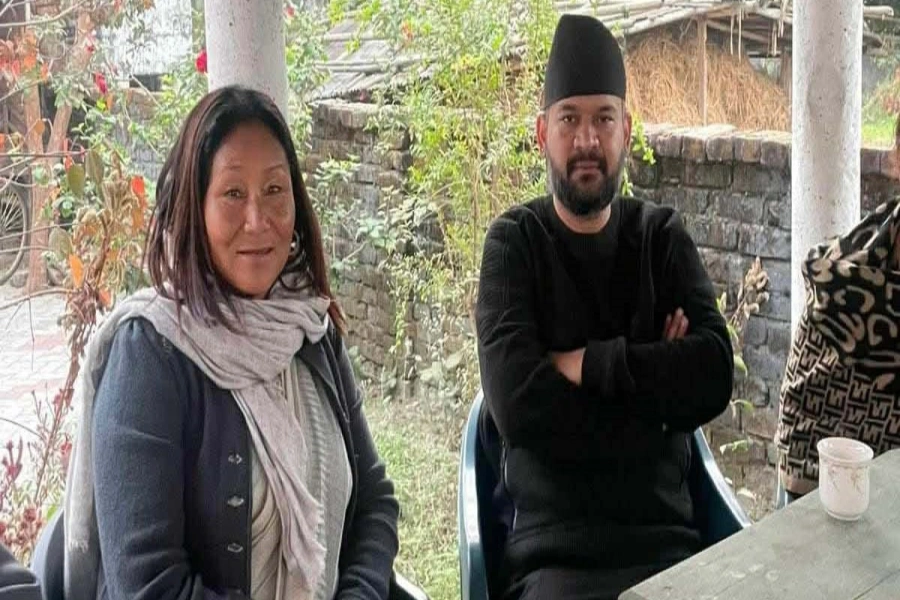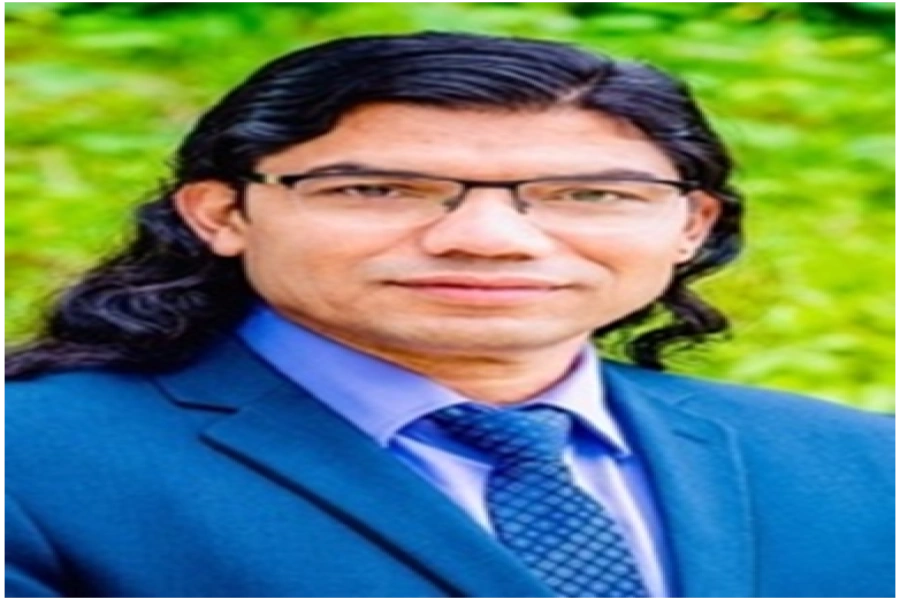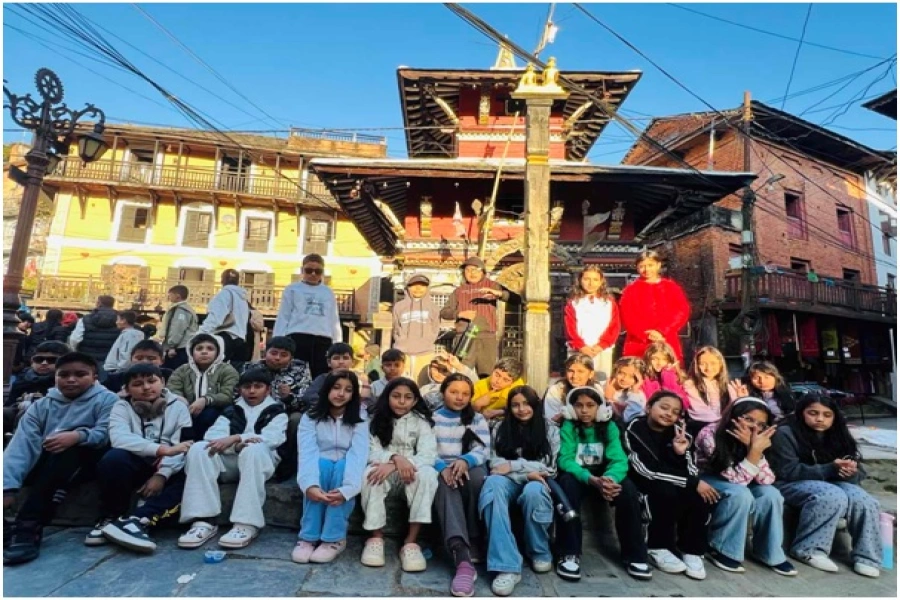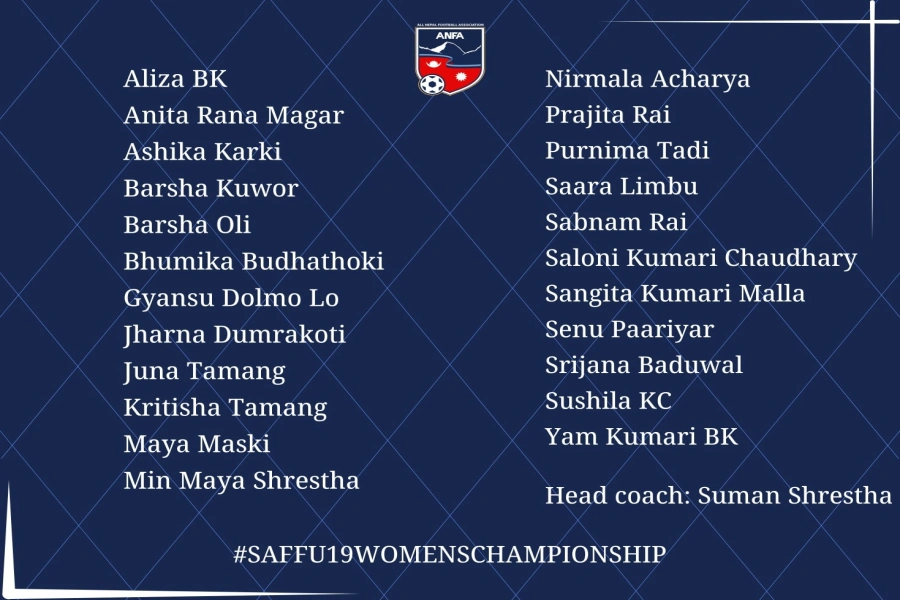As we all know, security risk management is the process of identifying, assessing, and prioritizing risks to an organization’s assets, including people, information, and physical infrastructure. It involves implementing strategies to minimize, monitor, and control the probability or impact of unfortunate events. In an era marked by escalating security challenges—ranging from terrorism and geopolitical conflicts to cyber threats—there is an urgent need for innovative and comprehensive approaches to security risk management. Vedic Invincible Defense Technology (VIDT), rooted in ancient Vedic wisdom, offers a unique framework that transcends conventional defense strategies. This holistic model integrates physical, psychological, and social dimensions of security, emphasizing prevention and community engagement over mere reaction to threats. VIDT provides a comprehensive approach to addressing modern security risks. As nations and organizations seek effective solutions to safeguard their interests, the application of the vedic defense system can foster not only enhanced security but also social harmony and sustainable peace.
Necessity of VIDT in SRM Process
In today's rapidly changing world, security risk management has emerged as a critical component for organizations, governments, and communities alike. With threats ranging from cyberattacks and terrorism to natural disasters and internal conflicts, the need for a comprehensive approach to identifying, assessing, and mitigating risks is paramount. VIDT encompasses a systematic process that not only seeks to protect assets—physical, human, or informational—but also aims to ensure continuity, resilience, and the overall safety of individuals and communities.
In today’s complex and rapidly evolving environment, security risk management has become a vital component for organizations and communities striving to safeguard their assets, personnel, and information. With threats ranging from cyberattacks and terrorism to natural disasters and internal conflicts, effective security risk management entails a systematic approach to identifying, assessing, and prioritizing risks. This proactive strategy emphasizes not only responding to incidents but also implementing preventive and mitigating measures that enhance overall resilience.
Application of VIDT
Preventive measures are crucial in anticipating and avoiding risks before they materialize. By fostering a culture of awareness and preparedness, organizations can significantly reduce the likelihood of security breaches or incidents. Adopting VIDT in the SRM process acts as a security shield that incorporates both preventive and mitigating measures, allowing organizations to create a robust security framework that not only addresses immediate threats but also fosters long-term resilience. In an increasingly interconnected world, integrating these strategies is essential for navigating the complexities of modern security challenges and protecting the well-being of individuals and communities alike.
How to Apply VIDT?
VIDT’s effectiveness is based on the “Maharishi Effect,” which has been validated in multiple real-world situations. When a sufficiently large group practices TM and its advanced technologies of consciousness together, it creates a security shield that neutralizes threats. Applying this concept, a dedicated group of individuals practicing Transcendental Meditation (™) could create a positive influence on collective consciousness, decreasing the likelihood and impact of threats.
Om Vedic Foundation inaugurated to promote vedic science and sp...
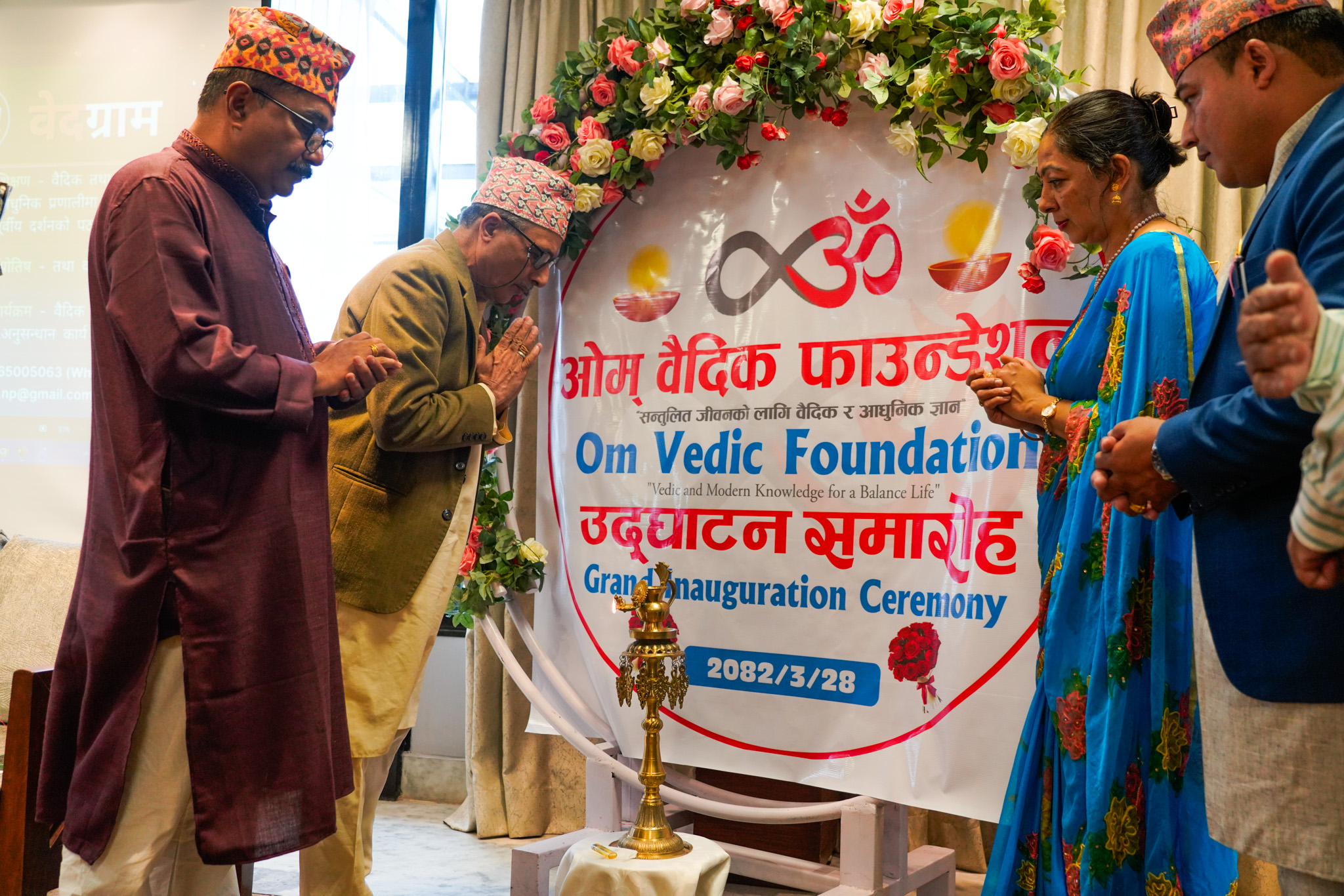
This novel approach involves deploying a significant number of trained individuals practicing TM, and in particular, the more powerful advanced TM-Sidhi program, to create a positive field effect that ripples through society, reducing tension and preventing conflicts at their source. VIDT represents a paradigm shift in defense strategies, emphasizing the power of inner peace and coherence to ensure the security and well-being of any organization or society as a whole.
Core Principles
1. Collective Consciousness: VIDT posits that collective positive consciousness can create a harmonious environment, reducing conflict and fostering peace. The premise is that when a significant number of people practice Transcendental Meditation (TM ), it can raise the collective consciousness of an organization, community, or nation.
2. Meditation and Consciousness: Regular TM practice is believed to lead to improved mental clarity, reduced stress, and greater coherence in thought and action. These changes can help managers make better decisions, ultimately benefiting security risk management.
3. Prevention of Conflict: By elevating collective consciousness, VIDT seeks to address the root causes of threats. It emphasizes proactive measures to create peaceful societies rather than reactive military responses.
4. Integration of Defense Strategies: VIDT combines traditional defense methods with consciousness-based approaches, promoting the idea that a strong, peaceful society is less prone to aggression and war.
Techniques
Maharishi Mahesh Yogi, known for developing the Transcendental Meditation technique, first introduced his Vedic Defense Technology theory in 1976 based on the Vedic principle of the unifying power of Natural Law. According to Maharishi, when one percent of the population practices the Transcendental Meditation ™ Program, or the square root of one percent practices the TM-Sidhi Program and Yogic Flying, the infinite coherence of the field of pure existence is enlivened in the entire collective consciousness of the nation, creating an invincible defense shield known as the Maharishi Effect, which can never be penetrated by any outside negative influence.
VIDT can be applied through the following techniques:
1. Meditation Programs: Implement large-scale TM programs, particularly among staff, security personnel, and managers. The goal is to cultivate a peaceful state of mind and promote harmony.
2. Coherence-Creating Groups: Organize groups that practice meditation together, amplifying the effects of individual practices. These groups aim to create a coherent influence on the surrounding environment.
Reasons for Including VIDT in the SRM System
The Vedic Invincible Defense Technology works with the Vedic concept of “Hayam dukhamanagatam,” meaning “Avert the danger before it arises.” This tool neutralizes threats at their root before they can cause harm to individuals, assets, or operations. Here are key reasons to include VIDT:
1. Holistic Security Approach: Traditional security systems often focus primarily on physical threats, neglecting the psychological and emotional factors that contribute to conflict. VIDT emphasizes the importance of collective consciousness, fostering unity and peace to deter aggression and violence before they manifest.
2. Reduction of Hostility: By implementing large-scale meditation programs within communities and organizations, VIDT aims to create a more peaceful environment. Research suggests that collective meditation can lead to decreased crime rates and social unrest, contributing to a more stable society.
3. Proactive Conflict Prevention: VIDT shifts the focus from reactive measures to proactive strategies. By addressing the root causes of threats, this approach seeks to cultivate a culture of peace and resilience, reducing the likelihood and impact of conflicts.
4. Scientific Validation: Numerous studies have demonstrated the positive effects of group meditation on organizational well-being, including reductions in violence and improved cohesion. Incorporating these findings into security management strengthens the rationale for adopting VIDT, appealing to evidence-based practices.
Conclusion
In today’s age, modern warfare threats are often unseen. Contemporary threats, such as terrorism, chemical and biological warfare, information warfare, space warfare, and economic and cultural warfare, make it difficult to respond to unseen or unknown actors.
The challenge for security risk managers is to systematically determine and implement timely and effective approaches for managing the effects of threats to an organization. However, unseen threats are difficult to detect, and it is crucial to remain alert to developing situations.
VIDT, inspired by ancient vedic principles and practices, offers a holistic approach to security risk management. Its integration into contemporary security frameworks can provide profound benefits, addressing both the psychological and strategic dimensions of security management. By leveraging the power of collective consciousness and meditation, VIDT seeks to create more peaceful organizations, reducing the likelihood of harmful events and enhancing overall well-being.




